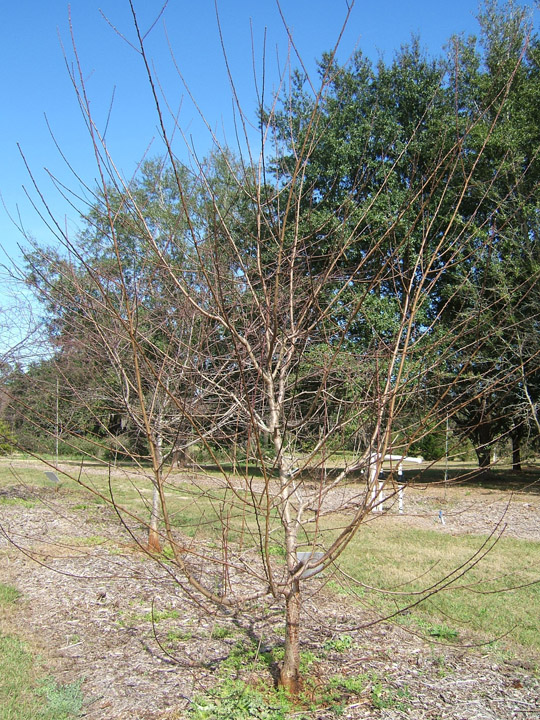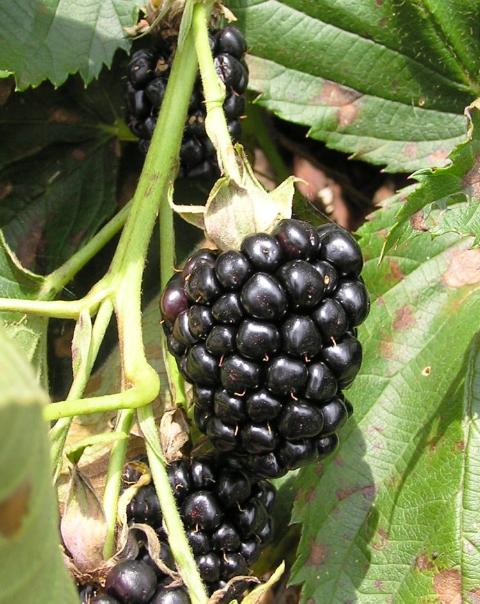It is hard to believe with all of this recent cold weather, but now is the time to plant fruit trees in the Florida Panhandle. When planning what type of fruit tree to plant, correct cultivar selection should be the top priority.
The dooryard fruit producer oftentimes finds it difficult to choose the correct fruit cultivar for this area. An inappropriate choice results in disappointment when home gardeners find that they have paid for, planted and cared for fruit trees that are not adapted to the Northwest Florida climate.
Weather is probably the most important factor determining where certain fruits can and cannot be grown.
Most fruits which grow in the northern part of Florida are deciduous, which means that during the winter the trees lose their leaves and go into a period of dormancy, or rest.
During this rest period, the tree must be exposed to chilling temperatures. This exposure to the cold prepares the plant to resume active growth in spring. Temperatures below 45°F accumulated throughout winter determines the total hours of chilling. Species differ in the amount of chilling they need. This is known as a plant’s chilling requirement. Lack of enough chill hours result in sparse foliage and little to no flower production. And if there are no flowers, there will be no fruit.
North Florida receives between 400 to 650 hours below 45°F during the average winter. This provides enough chill hours for a few apple cultivars such as Anna, Ein Shemer, Dorsett Golden, TropicSweet and Shell. However, it does not provide the chill hours required for many of the more common varieties such as Red Delicious and Golden Delicious.
This same environmental factor holds true for most deciduous fruit trees. For example, some of the better known peach cultivars, such as Elberta and Bell of Georgia, perform poorly here following most winters. Both require roughly twice as many chill hours as the Panhandle receives during most winters. There are a few peach cultivars that perform OK in our area.
The results of selecting the wrong cultivar is only one of the disappointments experienced by those wishing to grow fruits in North Florida. Even when the correct cultivar is selected, many fruit enthusiasts (people who have dreams of homemade peach cobbler, apple pies, plum jelly, etc.) are disappointed to see insects eating their fruit, diseases causing their fruit to rot or possibly all their fruit falling to the ground before it is ready to be eaten.
In order to be successful with fruit production in North Florida, a person needs to ask a lot of questions before planting the first plant.
- Which cultivars grow well here?
- How much care is needed to grow this type of fruit?
- Do I have the time to devote to pruning, spraying, fertilizing and watering?
If you don’t know the answers to these questions, talk to a knowledgeable employee at a local, reputable nursery, consult the Dooryard Fruit Selection publication, or call your UF IFAS Extension Office before choosing to plant fruit trees this winter.
- Evaluate and Renovate Landscape During Fall - October 30, 2025
- Summer is Too Hot for Lawn Herbicides - August 23, 2025
- Nuisance Gnats abound in Northwest Florida this spring - June 26, 2025


